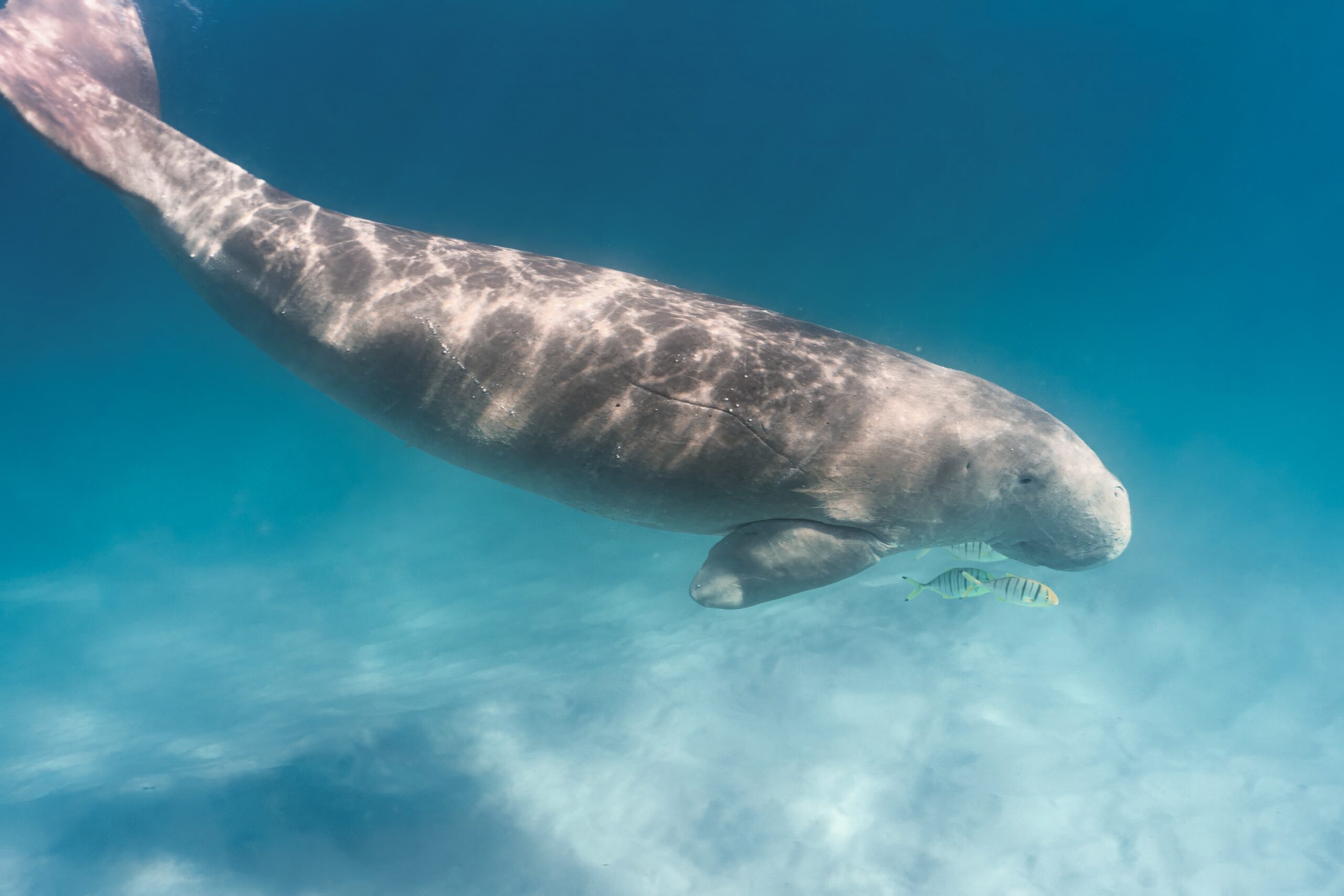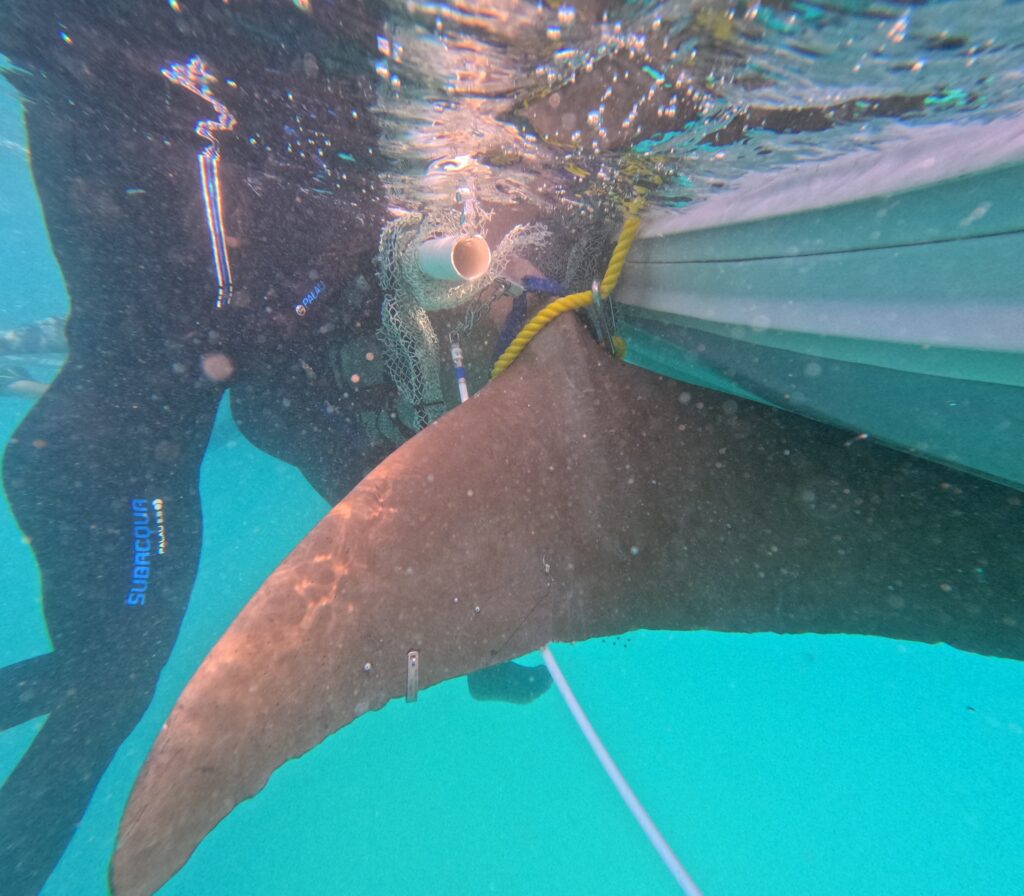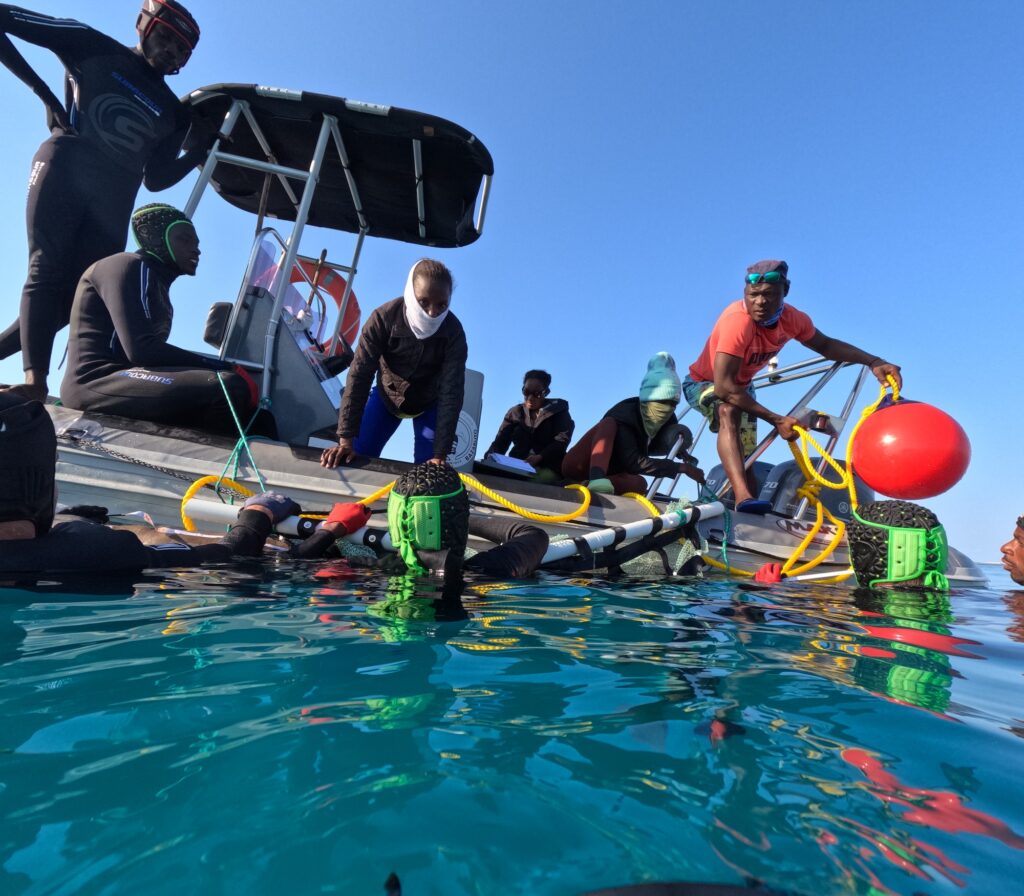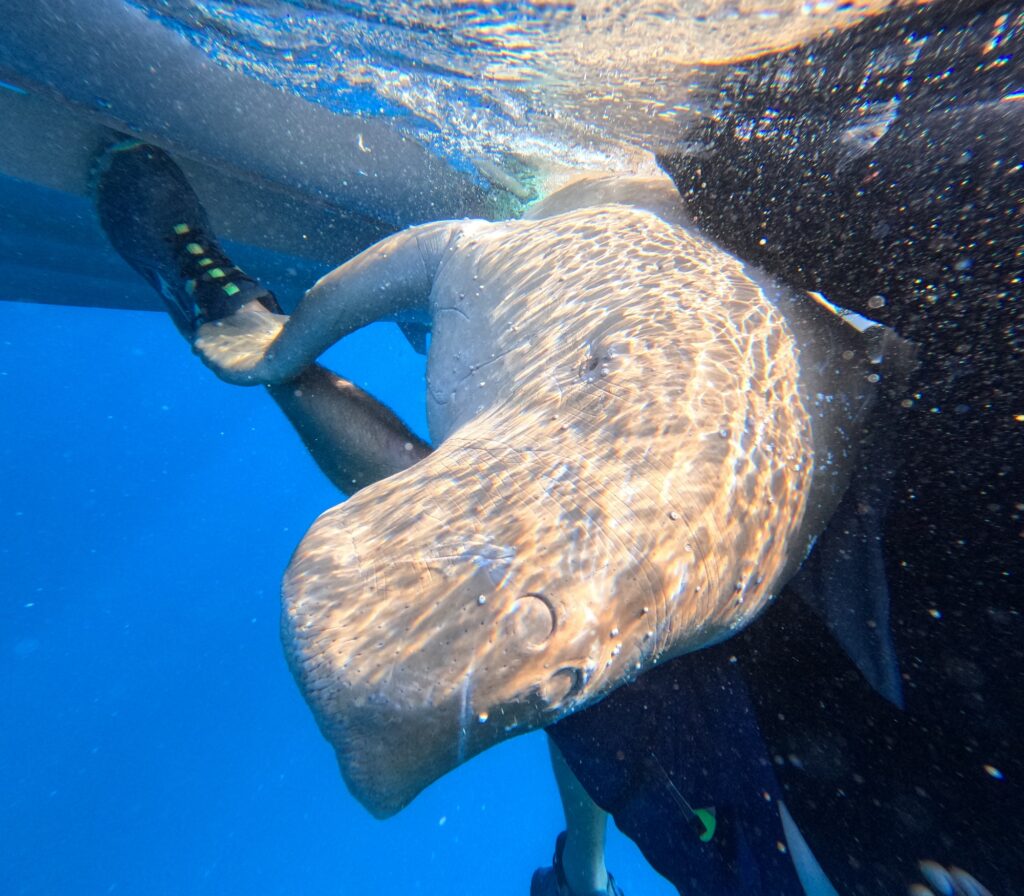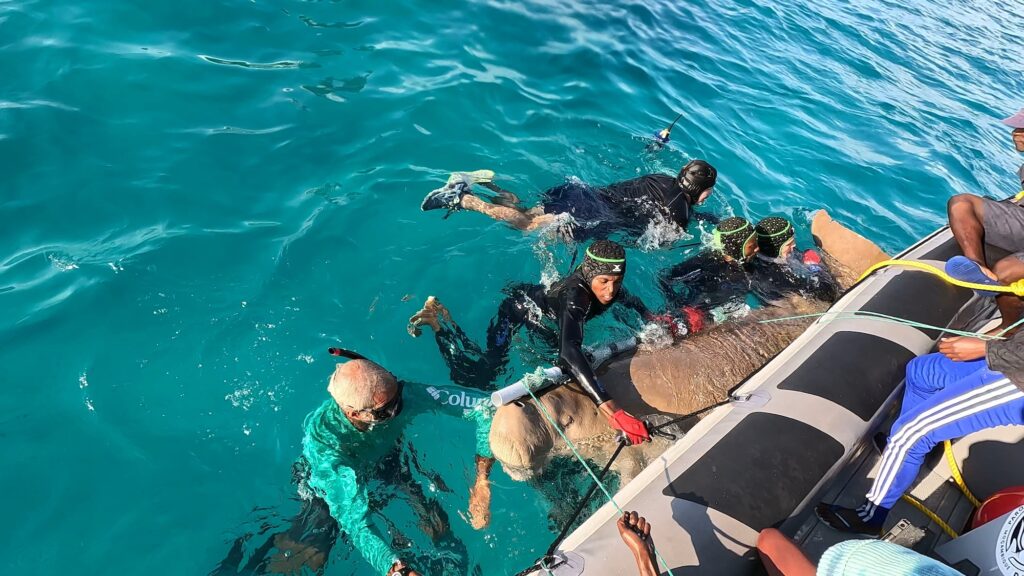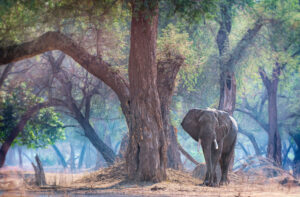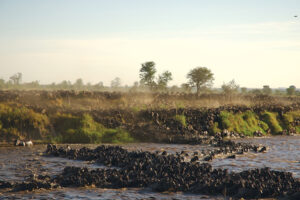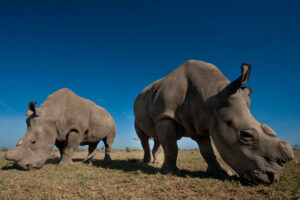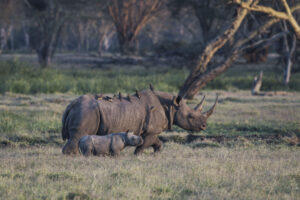
When you imagine a mermaid, you probably don’t picture a three-meter-long sea creature munching on seagrass. Yet dugongs—and their close cousin, manatees—are believed to have inspired the old seafaring legends of mermaids and sirens that lured sailors to their doom. While their scientific order, Sirenia, reflects this mythical link, in reality, both species are slow, placid creatures whose grazing habits have earned them the nickname of “sea cows”.
Unlike manatees – which can move freely between saltwater and freshwater habitats and enjoy quite a diverse diet—dugongs are strict seagoers and rely almost entirely on seagrass for food. The only exclusively marine, herbivorous mammal on the planet, dugong can travel hundreds of kilometres, using their fluked tail like a whale and their flippers like a dolphin. But despite all their cetacean similarities, these strange, serene creatures are more closely related to elephants than other marine mammals.
Critically endangered
Sadly, the East African dugong population is now listed as critically endangered by the International Union for Conservation of Nature (IUCN). Where once dugongs were found in relative abundance from southern Somalia to southern Mozambique, in recent years, aerial surveys have shown fewer than 250 mature individuals remain in the region. Of these, at least 90%—the last known viable population—are found in Mozambique’s Bazaruto Archipelago National Park (BANP).
In a crucial bid to protect this vulnerable species, conservationists from African Parks, Mozambique’s Administração Nacional das Areas de Conservação (ANAC) and Australia’s James Cook University recently undertook Africa’s first dugong satellite tagging project.
Why tagging matters
Twelve dugongs—seven males and five females—have been fitted with tags, allowing conservationists to collect real-time data on their movement, feeding, and resting patterns in and outside BANP. Although the park provides a refuge, dugongs often venture beyond its boundaries, encountering threats like fishing nets, boat traffic, and habitat degradation. Tracking these fascinating creatures will help enable targeted conservation efforts, such as working with local fishing communities to adopt safer, more sustainable practices in high-risk areas or establishing additional protected zones.
The threats dugongs face
Dugongs depend entirely on seagrass meadows, which are rapidly diminishing due to coastal development, pollution, and climate change. Across the Indo-Pacific, 20% of these habitats have disappeared in the last century. While officially protected, dugongs are also at risk from poaching, boat strikes, and fishing practices like gill nets that indiscriminately trap and drown all manner of marine megafauna (even whales). Unsurprisingly, such nets present a horrendous threat to the slow-moving, bottom-feeding dugongs.
Dugongs can live for 70 years, but despite their longevity, they have slow reproductive rates. Females give birth to a single calf every three to seven years, so losing even one individual severely impacts the already fragile population.
Local conservation in action
Developing local conservation expertise is essential for protecting the archipelago and its dugongs long-term. So, the project has involved dugong experts from James Cook University sharing their knowledge and tagging techniques with Bazaruto’s rangers and scientists. This knowledge transfer empowers local teams to continue conservation efforts independently beyond the current project—hopefully helping ensure a future where dugongs can thrive.
A broader conservation effort
But this project is about more than just ensuring the survival of a critically endangered species: one of East Africa’s most important marine sanctuaries, the BANP is home to kaleidoscopic coral reefs and an outstanding wealth of aquatic life, including dolphins, sharks, whales, whale sharks, manta rays and turtles. The region’s ‘underwater horticulturists’, dugongs, play a vital role in this ecosystem, maintaining seagrass meadows that support fisheries and overall biodiversity. Conserving this delicate environment is essential for its wildlife and the local communities who rely on it for financial and food security.
As Evan Trotzuk, African Parks’ Research and Monitoring Coordinator at Bazaruto, notes, “Understanding dugong movements and habitat use is vital for the long-term protection of the species and their marine environment, which is vital in sustaining the livelihoods of local communities through healthy fisheries and continued tourism.”
© Abigail Flanagan
Visiting the Bazaruto Archipelago offers a chance to support local efforts to protect this unique marine habitat, while enjoying and exploring the turquoise seas and gorgeous coastline the area is famous for. If you’d like advice on adding Bazaruto to your next African adventure, get in touch.
